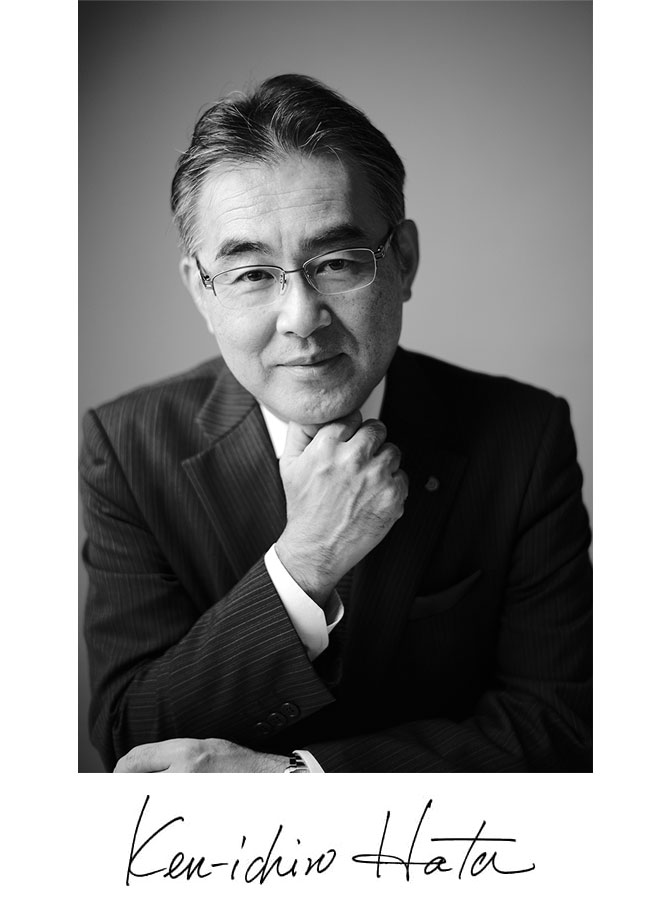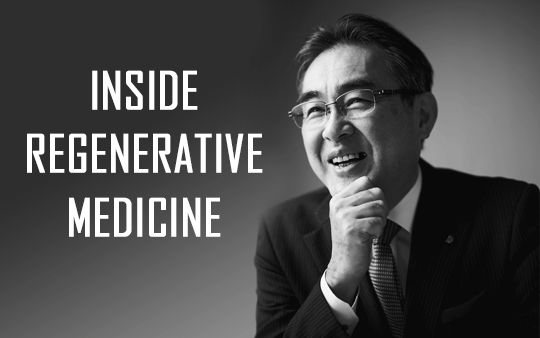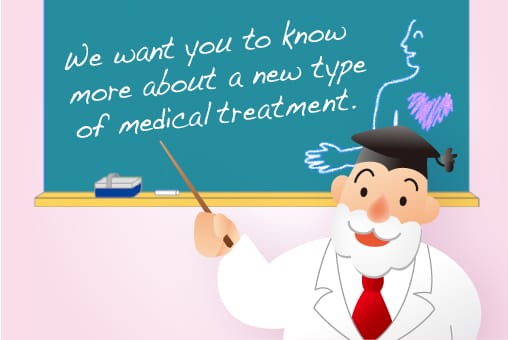Apr. 1, 2022[INSIDE REGENERATIVE MEDICINE]
Which to choose — another person’s cells or your own cells?

When we talk about regenerative medicine, there is one topic that cannot be avoided.
This is the question of whether the patient’s own cells or another person’s cells should be used to support regenerative medicine. As we have discussed thus far, one of the great merits of regenerative medicine is the ability to treat the patient with the patient’s own cells. However, regenerative medicine becomes very expensive when it is implemented with the patient’s own cells because it is the ultimate tailor-made treatment. In order for regenerative medical products to become as widely distributed as pharmaceuticals, it will be imperative to use mass-production to reduce the cost. For this reason, there is an increasing need for regenerative medicine that uses other people’s cells instead of the patient’s own cells.
As I have already indicated, certain problems arise when another person’s cells are used instead of the patient’s own cells. These include immunological rejection and the transmission of various infectious diseases. But even before these considerations, we first confront the issue of whose cells we should use to make products for use in regenerative medicine. Since the premise is that the cells will be used in a patient’s body, it is of course necessary to obtain the cells from a healthy person. Then, in order to increase the cells to a large quantity, they also need to be cells with the best possible “vitality”, and this means obtaining them from a young person. Blood and other cells that can be obtained through minimally invasive techniques present no problem, but obtaining part of the body’s tissues through surgery, etc., is by no means easy.
The results of a questionnaire that we conducted independently some time ago showed that people who have a good knowledge of regenerative medicine have a positive attitude toward donating cells, but some people would base their decision on the degree of invasiveness involved in harvesting the cells. When we questioned them further, it became clear that even respondents who were willing to donate their own cells felt a certain amount of resistance to the idea of family members donating cells, or to commercial sale of their cells as products.
Topics related to regenerative medicine have been widely taken up by the media lately, and a growing number of people are aware of its significance. Even the Ministry of Economy, Trade and Industry has been proactively providing support for the handling of human tissue in the development of regenerative medicine. As one of the entities that bear responsibility for the regenerative medicine industry, we too must ensure that regenerative medicine that uses other people’s cells is promoted properly so as to gain the trust of more ordinary people.
In November of last year, we began clinical studies on allogeneic cultured epidermis. By using products made from allogeneic as well as autologous cells, we hope to deliver regenerative medicine more effectively to patients with burns and other conditions.
April 1, 2022
Announcement of Start of Clinical Trial for Allogeneic Cultured Epidermis “Allo-JaCE03” (November 25, 2021)
- J-TEC’s first allogeneic cell therapy product: Submitted notification of clinical trial plan to realize ready-made product that can be swiftly provided to patients -



